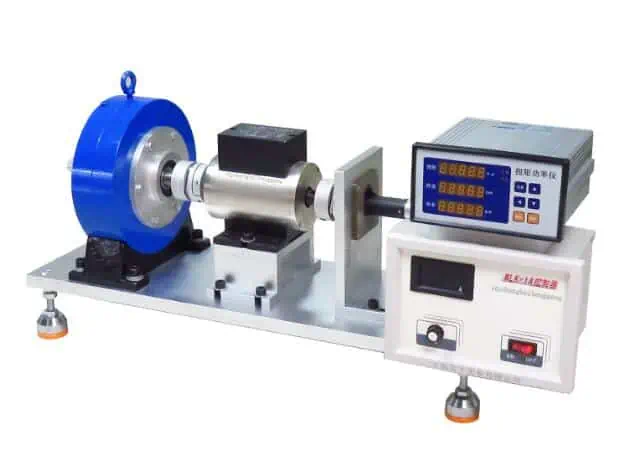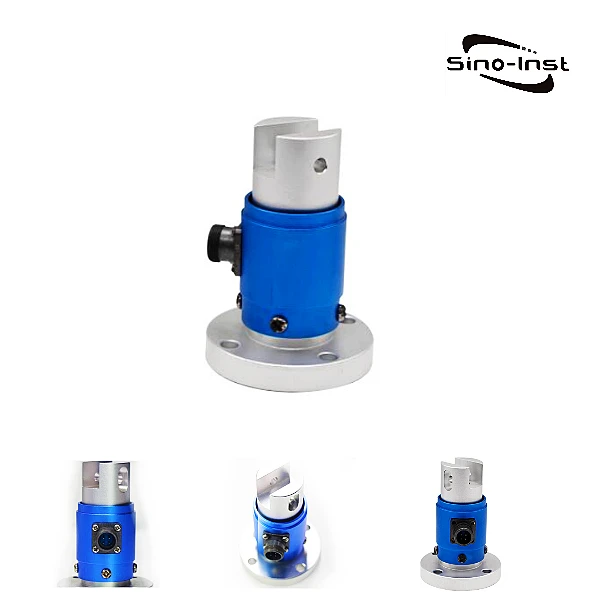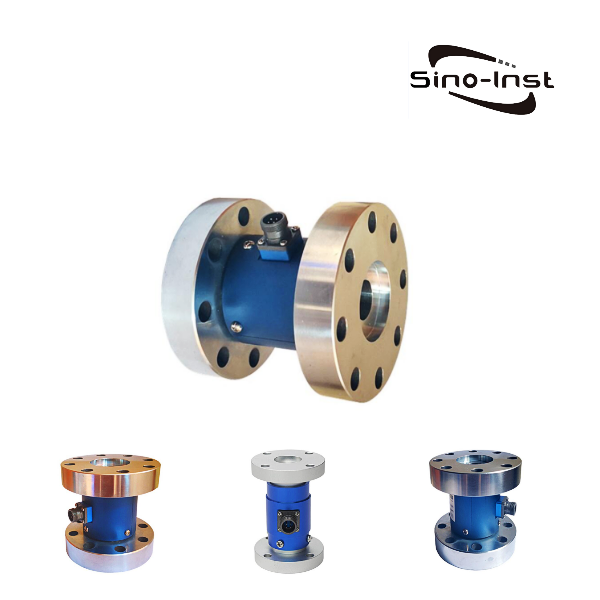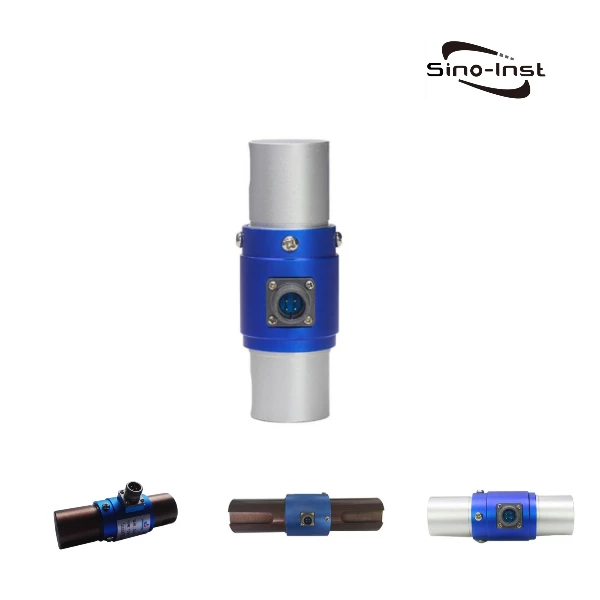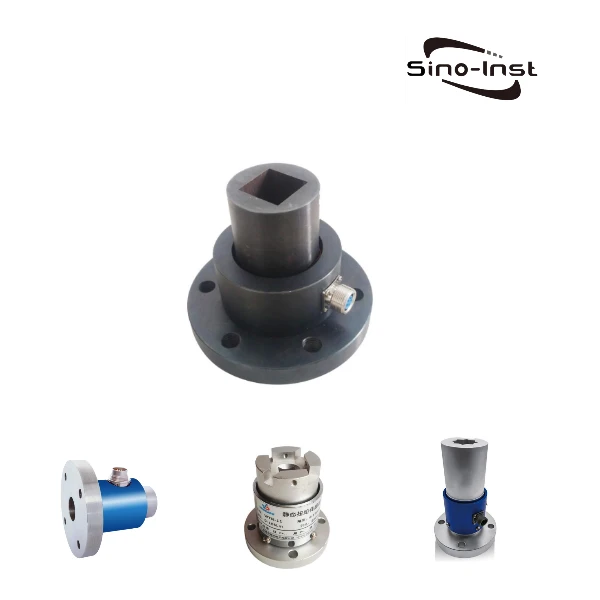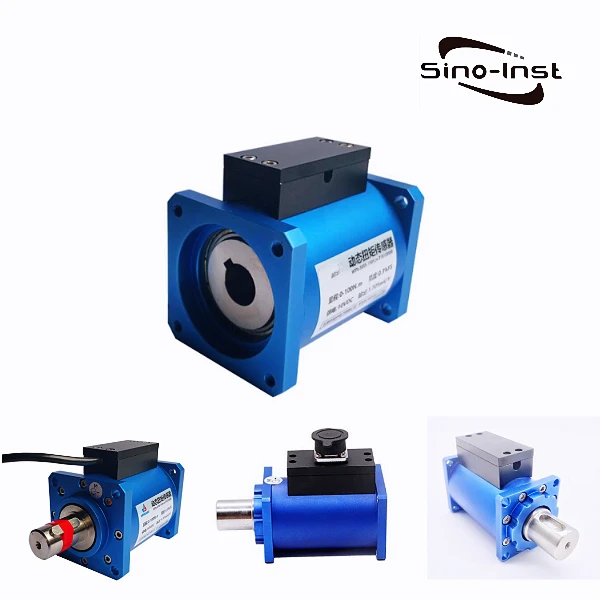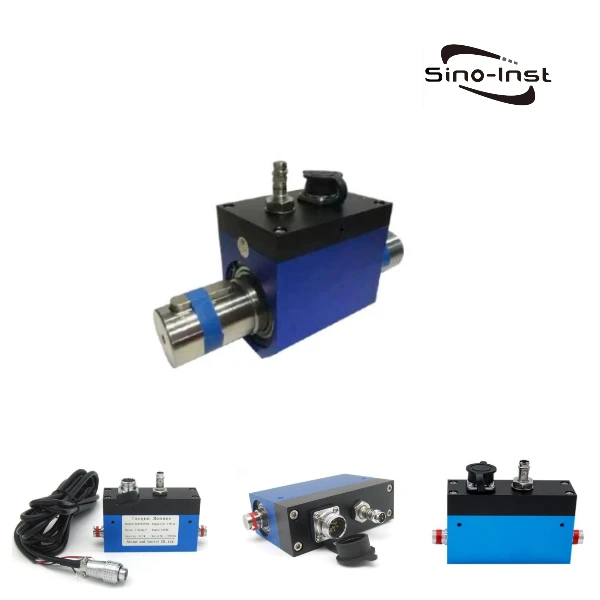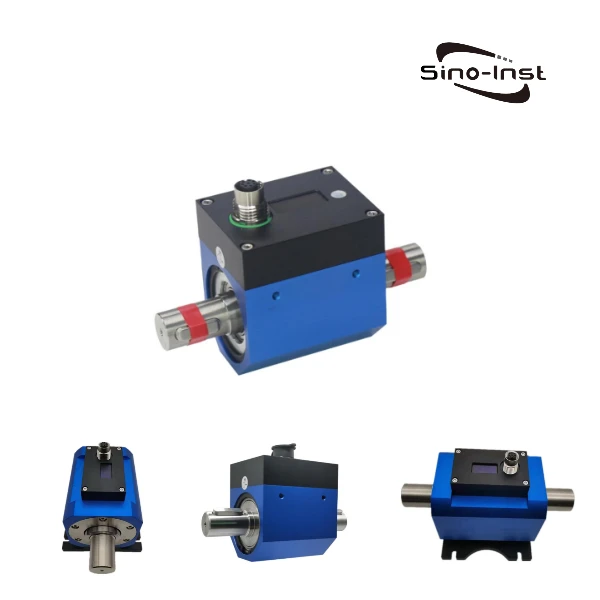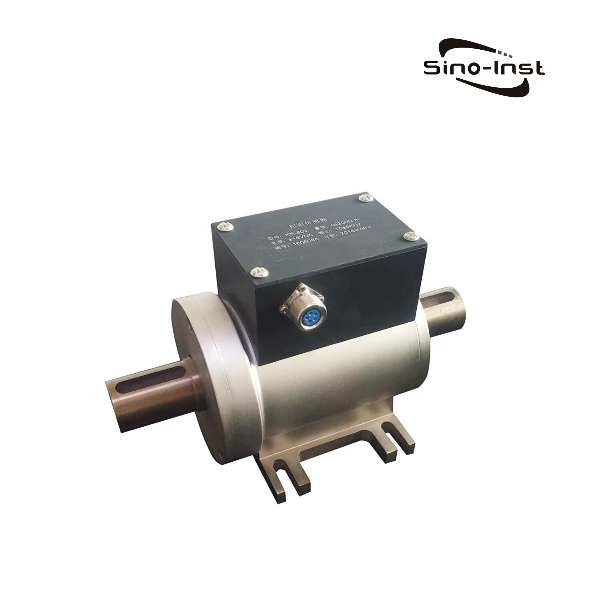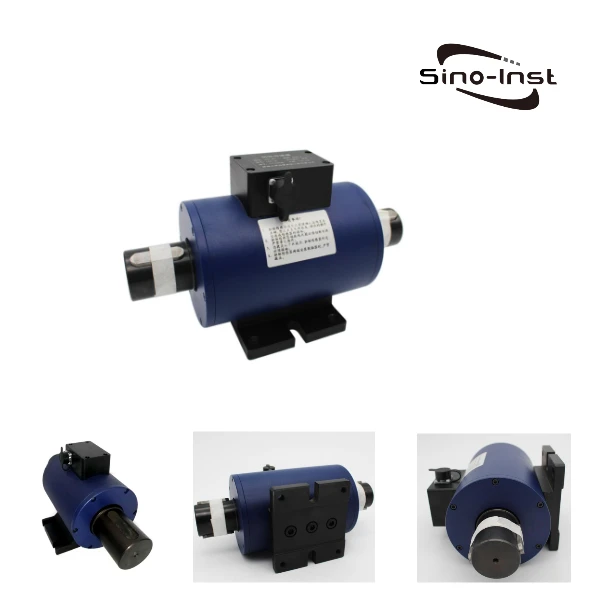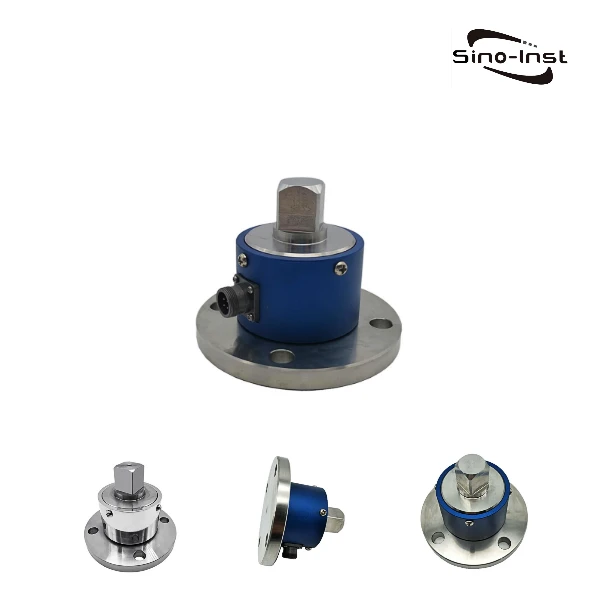
32 Static torque sensor with single flange outer square torque sensor is suitable for measurement and control of static, non-continuous rotation torque value. Connect one end of the sensor to the device under test with a flange or connecting sleeve, and fix or apply force on the other end. Selectable transmitter output: 0-5V or 0-10V, 4-20mA or 0-10mA. Application: Torque wrench torque sensor. Can be used in laboratories, testing departments. Production monitoring and quality control in the process and process industries.
Features of 32 Static Torque Sensor with External Square Key-Flange Connection
- It is an all-in-one product consisting of resistance-strain sensitive element and integrated circuit. High precision and stable performance
- Measuring range: 0-20-500N.m optional
- Can measure torque in both positive and negative directions
- One end is the outer quadrilateral key link, one end is the flange link
- Applicable to the measurement of static torque
- Using advanced technology and production equipment, perfect replacement for major brand products
- Optional transmitter output: 0-5V or 0-10V 4-20mA or 0-10mA
Technical Parameters
| Parameters | Technical indicators |
| Range | 0~20,50,100,200,300,500Nm |
| Sensitivity | 1.5±10% mV/V |
| Zero output | ±1% F.S. |
| Nonlinear | ±0.1, 0.3% F.S. |
| Hysteresis | ≤±0.05% F.S. |
| Repeatability | ≤±0.05% F.S |
| Creep | ≤±0.03% F.S/30min |
| Temperature Sensitivity Drift | 0.03% F.S. / 10℃ |
| Zero temperature drift | 0.03% F.S. / 10℃ |
| Input resistance | 350,750±10Ω |
| Input resistance | 350,700±5Ω |
| Response frequency | 100μS |
| Insulation resistance | ≥5000MΩ/100VDC |
| Excitation voltage | 10VDC (9-15VDC) |
| Temperature Compensation Range | -10 ~ 60℃ |
| Range of working temperature | -20 ~ 65℃ |
| Safe overload | 150% F.S. |
| Extreme overload | 200% F.S. |
| Cable size | Ø5.2×3m |
| Electrical connections | Red/E+, Black/E-, Green/S+, White/S- |
| Material | Stainless or Alloy Steel |
| Other request | customizable |
Dimensions

Learn More About 32 Static Torque Sensor with External Square Key-Flange Connection
If you cannot find an answer to your question in our 32 Static Torque Sensor with External Square Key-Flange Connection, you can always contact us and we will be with you shortly.
More Featured Torque Sensors For Sale
Sino-Inst is a manufacturer of 32 Static Torque Sensor with External Square Key-Flange Connection. We offer more than 20 types of Static Torque Sensors. Static Torque Sensors can measure a variety of different mechanical power, rotational speed and torque measuring devices.
Static Torque Sensor is also called reaction static torque sensor, torque transducer. Mainly used for torque measurement in Static situations. Static Torque Sensor, External Square Key-Flange Connection, suitable for static torque measurement.
Sino-Inst’s Static Torque Sensors, made in China, have good quality, with better prices. Our Static Torque Sensors are widely used in China, India, Pakistan, USA and other countries.
Sino-Inst’s entire team is well trained, so we can ensure that each customer’s needs are met. If you need any help with your product requirements, whether it is a Static Torque Sensorr, level sensors, or other equipment, please give us a call.
Request a Quote

Wu Peng, born in 1980, is a highly respected and accomplished male engineer with extensive experience in the field of automation. With over 20 years of industry experience, Wu has made significant contributions to both academia and engineering projects.
Throughout his career, Wu Peng has participated in numerous national and international engineering projects. Some of his most notable projects include the development of an intelligent control system for oil refineries, the design of a cutting-edge distributed control system for petrochemical plants, and the optimization of control algorithms for natural gas pipelines.
32 Static Torque Sensor with External Square Key-Flange

32 Static torque sensor with single flange outer square torque sensor is suitable for measurement and control of static, non-continuous rotation torque value. Connect one end of the sensor to the device under test with a flange or connecting sleeve, and fix or apply force on the other end. Selectable transmitter output: 0-5V or 0-10V, 4-20mA or 0-10mA. Application: Torque wrench torque sensor. Can be used in laboratories, testing departments. Production monitoring and quality control in the process and process industries.
Product SKU: 32 Static Torque Sensor with External Square Key-Flange Connection
Product Brand: Sino-Inst
Product Currency: USD
Product Price: 125
Price Valid Until: 2029-09-09
Product In-Stock: InStock
5


